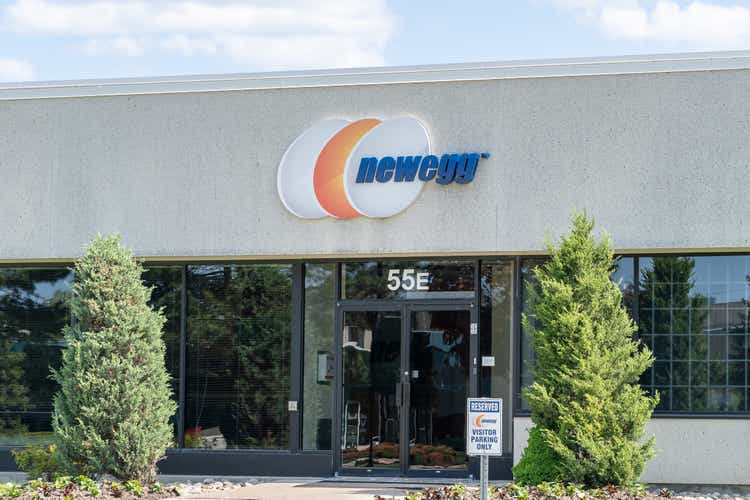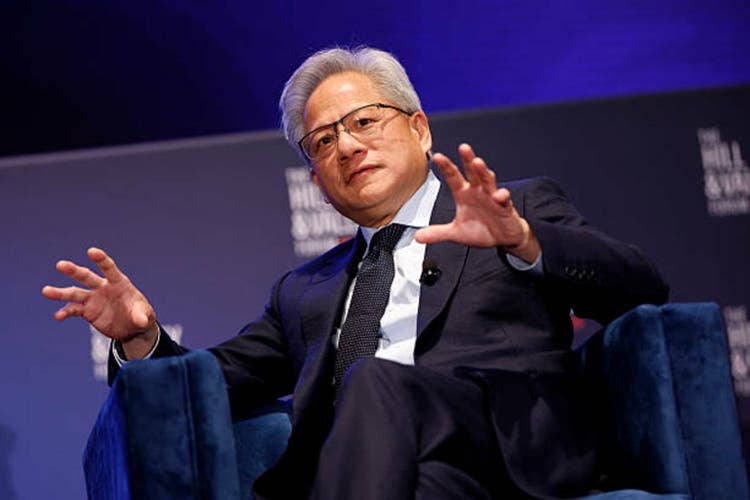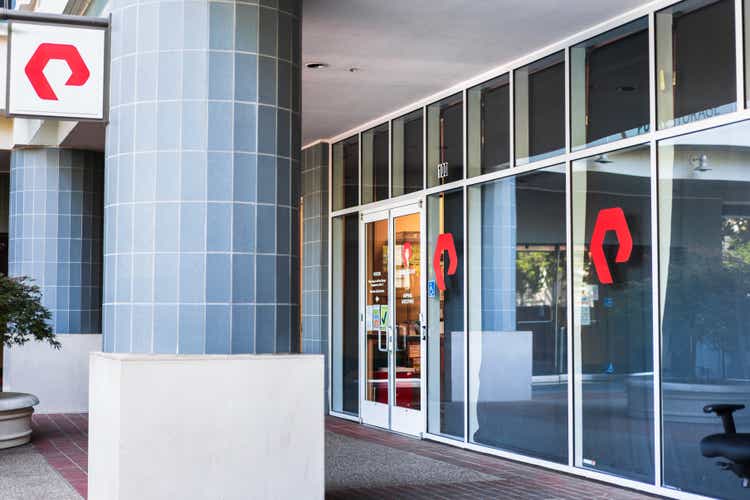Companies offer all kinds of unusual benefits these days, from wellness retreats to executive gap years. At AI startup Rilla, employees get the chance to take advantage of a vanishingly rare corporate perk: a rent stipend to cover the high cost of living in New York City. But there are some strings attached.
To receive the money, up to $1,500, employees have to live within 10 to 15 minutes of the company’s Long Island City-based office, and are expected to work around 70 hours a week in person. Sebastian Jimenez, Rilla’s CEO and co-founder, says that the rent stipend is an incentive meant to limit commuting time so employees can designate it to their jobs instead.
“One of our core principles is to maximize productive time,” says Jimenez, who started the company in 2019, and lives within a five minute walk to the office. “If you live 30 minutes away from the office, that’s an hour a day that you could be working.”
So far, around a dozen out of roughly 80 employees have taken Rilla up on the rent offer. And it’s certainly a tempting proposal given the perennially high cost of New York City rent. In the last year alone, the median rent for properties in New York City increased 5.6% to $3,397, according to data from Realtor.com.
The rent benefit is just one example of Rilla’s hardcore work culture. The company uses a “996” calendar; employees are expected to work from 9 a.m. to 9 p.m. six days per week. Jimenez says the company also frequently holds off-site events on Sundays. Jimenez rejects the “work smarter not harder” concept, and says the only way for teams to be successful is to put in the most hours possible. However, he does advocate for a full night’s rest.
“We want them to take care of themselves, to work out, to eat healthy. We want them to maximize their time and still sleep eight hours a day,” he says. “They can do this and still have one or two hours of leisure time in their day outside of work, which is plenty of time to do the important things in life.”
In addition to the rent benefit, the company also allows employees to expense at least two meals a day, and covers gym memberships. It also appears to offer generally high compensation for various roles. A product designer role has a salary of $110,000 to $230,000 per year, according to Rilla’s website, and a software engineer can make $200,000 – $300,000. People working in sales have an annual salary average of around $350,000, says Jimenez.
Rilla might be an extreme example when it comes to intense work hours, but companies are increasingly more comfortable asking workers for more. In a cost-cutting environment, leaders are being tasked with finding ways to get more productivity out of their employees without hiring additional people. In an internal memo to employees in February, Google co-founder told employees that 60 hour work weeks are the “sweet spot” for productivity. And a recent report from Microsoft found that the average work day is stretching later, with meetings after 8 p.m. rising 16% since last year, and around 29% of workers checking their inboxes after 10 p.m.
Rilla does go out of its way to let job candidates know exactly what they’re signing up for. Job postings on the company’s website tell workers not to apply if they’re not excited about “working 70 hrs per week in person with some of the most ambitious people in NYC.” The company also lays out these expectations on a “culture deck” that all potential employees are required to read before accepting a position, says Jimenez.
He doesn’t necessarily recommend other companies follow suit, and he knows that kind of work schedule doesn’t work for most people. He says most of the people he hires are startup founders themselves, or D1 athletes fresh out of college; anyone who is “used to working 13 hours a day” and “always wants to be busy.”
“This is by no means the way to run every startup,” he says. “This is just the way it works for us.”
This story was originally featured on Fortune.com

 5 hours ago
2
5 hours ago
2




















 English (US) ·
English (US) ·